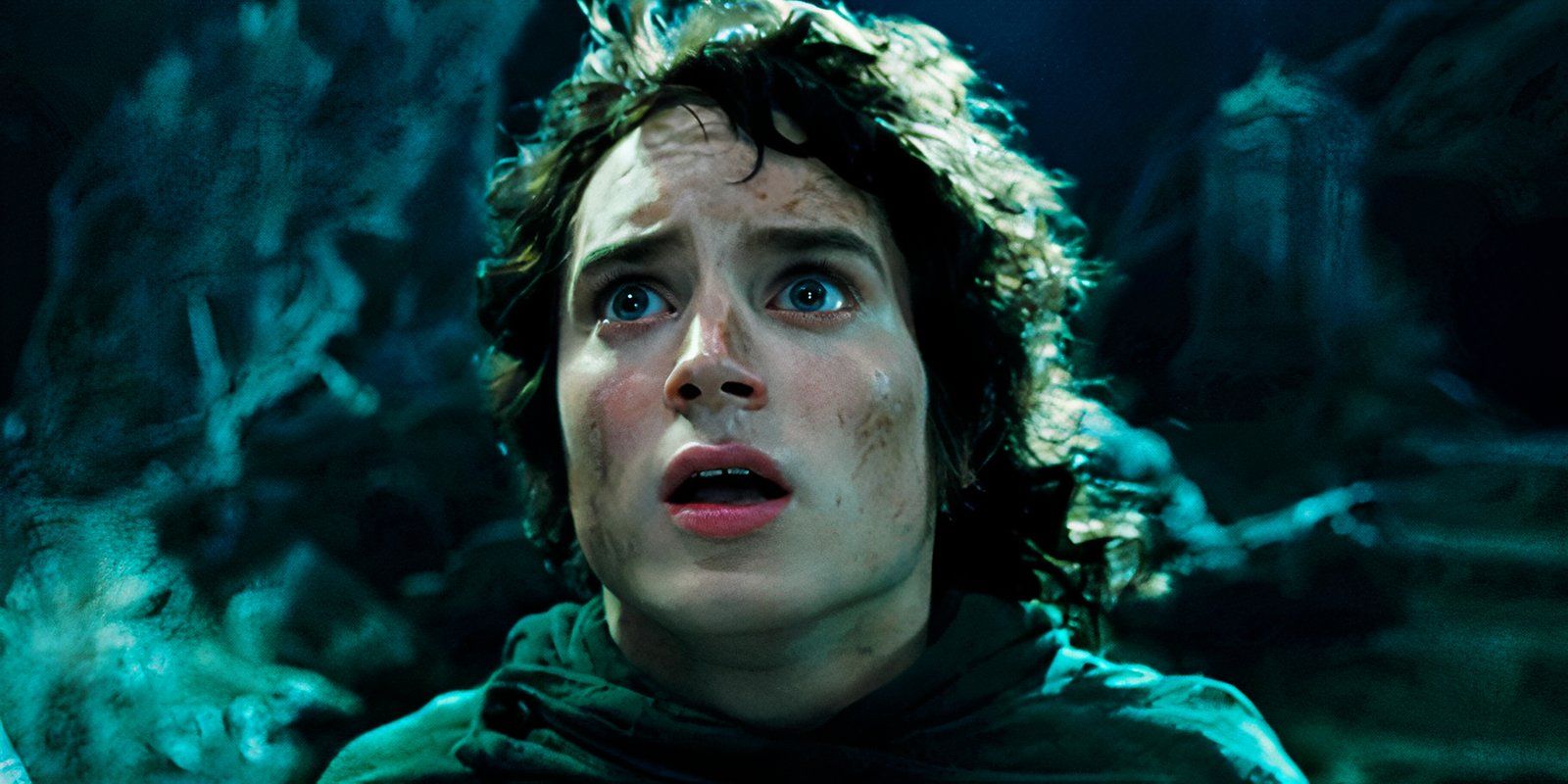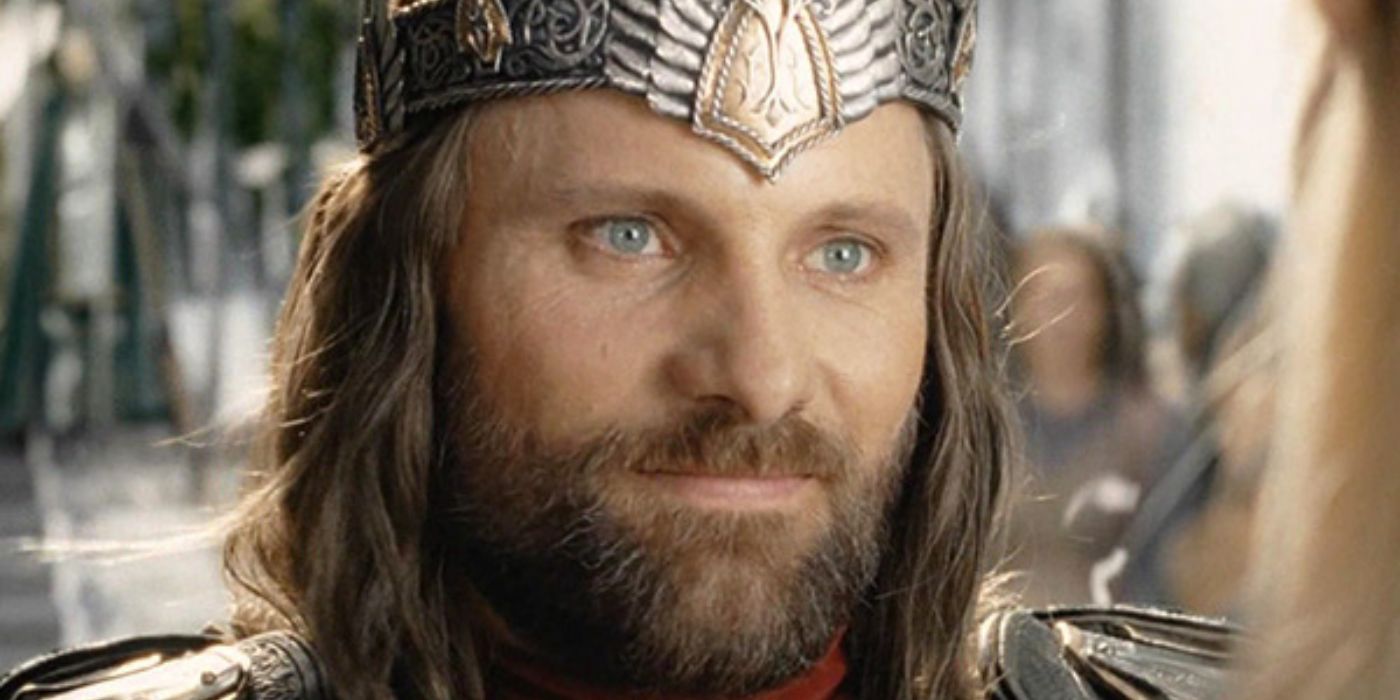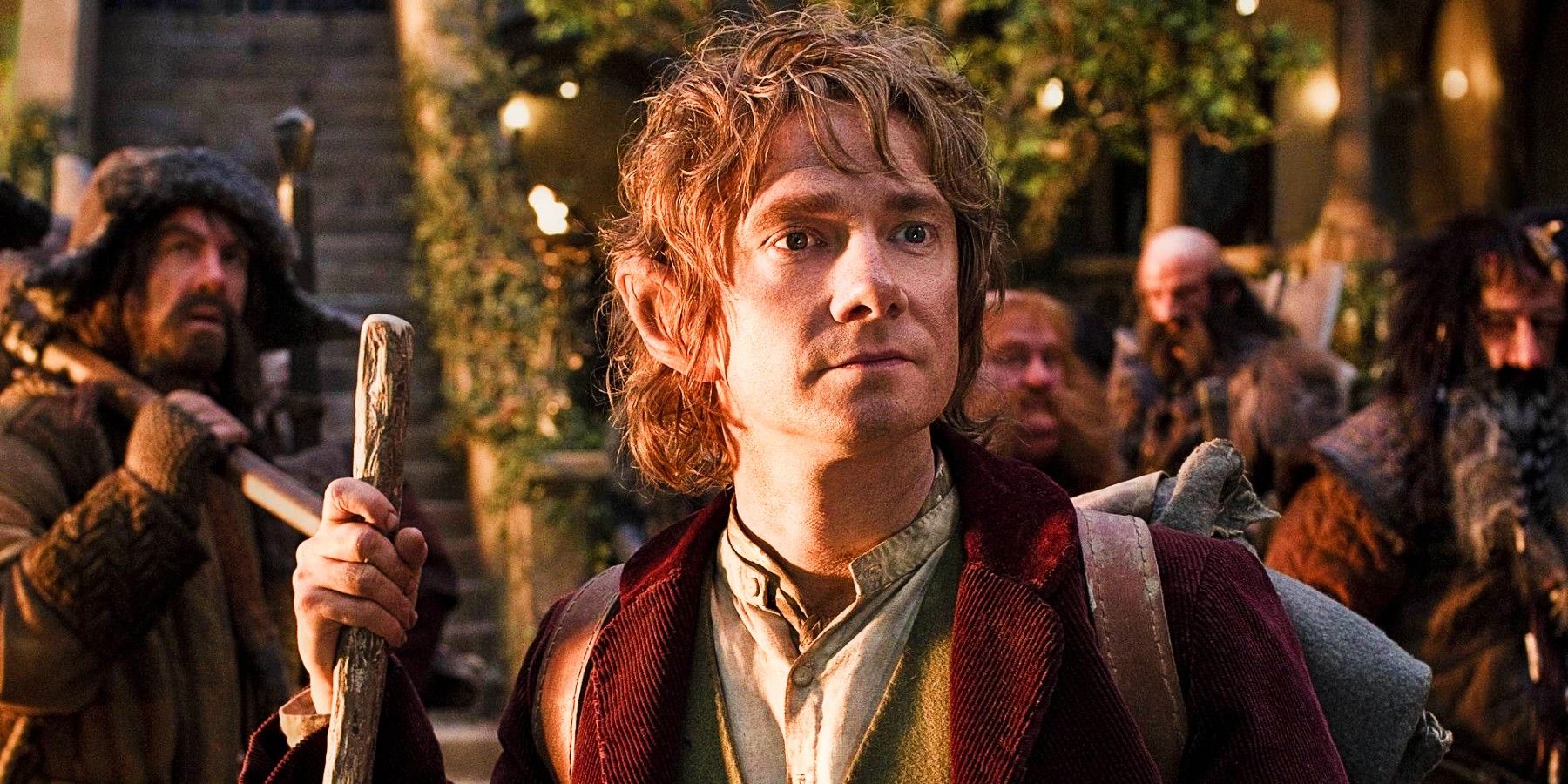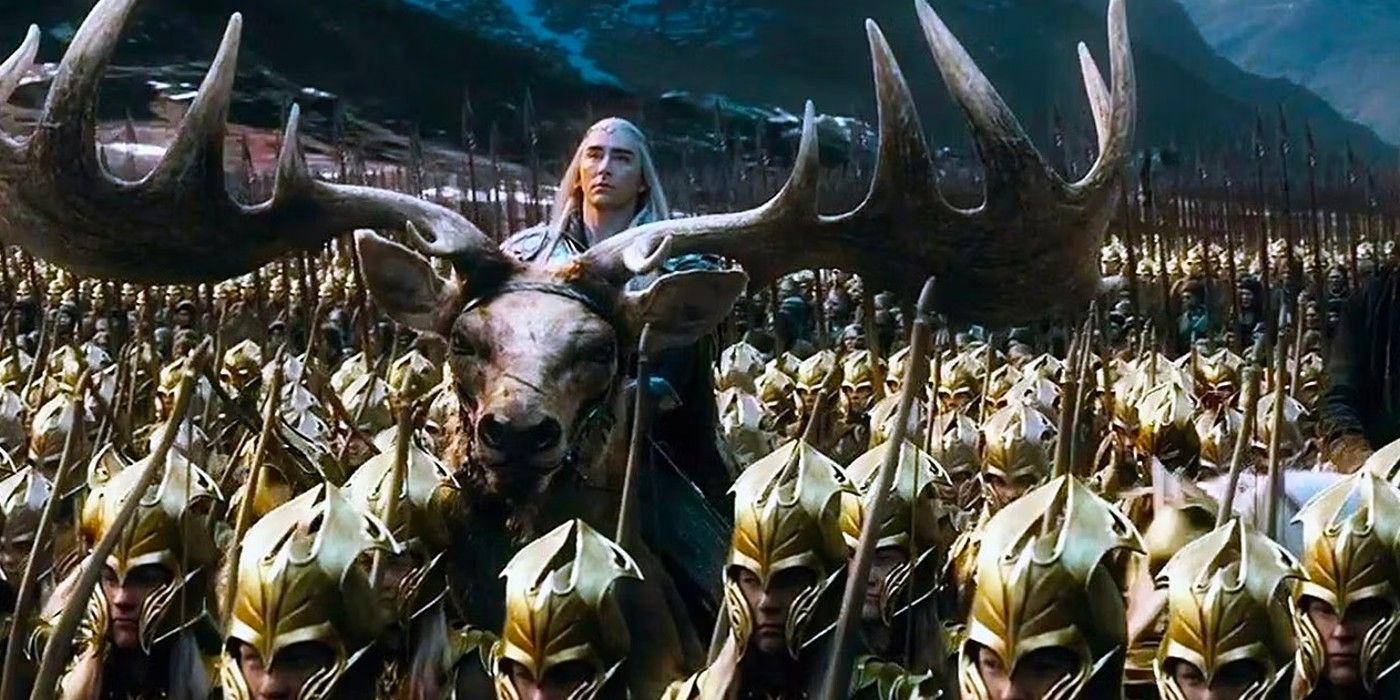
The Hobbit movies’ box office put an end to The Lord of the Rings’ $1 billion trend, reversing the franchise’s performance and highlighting how much went wrong with Peter Jackson’s second trilogy. The Lord of the Rings movies are overwhelmingly beloved, and they’re still hailed as the standard of fantasy filmmaking today. Jackson’s initial adaptations of J.R.R. Tolkien’s books only became more successful as time went on, but the same can’t be said about The Hobbit movies — even if they did see some level of success.
The first Hobbit film, An Unexpected Journey, debuted in 2012 — almost a full decade after The Return of the King first hit theaters. After nearly 10 years away, fans were eager to return to Middle-earth, and Tolkien’s first book seemed like the obvious way to do this. But while adapting The Hobbit was a smart way to expand Warner Bros.’ Lord of the Rings franchise, the approach the movies took was questionable. The Hobbit trilogy’s box office trajectory proved as much, marking a disappointing turnaround for the franchise.
Lord Of The Rings Movies Got Bigger & Bigger To Hit $1 Billion
The Return Of The King Marked A Huge Franchise Milestone










Perhaps it’s no surprise given how Jackson’s Lord of the Rings trilogy just got better and better, but the first three movies followed an upward trajectory until they passed the $1 billion mark. The Fellowship of the Ring was the lowest-grossing installment in Jackson’s LOTR universe until The War of the Rohirrim, which only just hit theaters. The Fellowship of the Ring brought in $894 million worldwide (via The Numbers), an impressive feat. And the numbers only improved from there, with The Two Towers grossing $921 million and The Return of the King making $1.1 billion.
Crossing the $1 billion mark is a huge accomplishment for any franchise, and the excitement surrounding Jackson’s Hobbit adaptation offered hope that The Lord of the Rings would continue this trend. The return of Jackson as director, along with major cast members reprising their roles, seemed sure to draw audiences. There was also a lot of potential in bringing Tolkien’s 1937 novel to life on-screen. Unfortunately, while the first installment of The Hobbit trilogy made nearly as much as Return of the King, its sequels failed to stay above the $1 billion mark.
The Hobbit Movies’ Box Office Peaked With The First One
An Unexpected Journey Was The Only Installment To Make $1 Billion

Although the prospect of adapting The Hobbit was exciting, Jackson’s second trilogy didn’t progress in the same direction as the first. In fact, The Hobbit films peaked with the first installment, An Unexpected Journey. The 2012 movie made just over $1 billion dollars, though its performance still fell short of The Return of the King‘s by about $100 million. Still, the fact that it continued the $1 billion trend for the franchise initially seemed promising. Sadly, the second and third Hobbit movies didn’t reach the same heights.
The Lord Of The Rings Movie
Release Year
Worldwide Box Office Performance (Rounded)
The Lord of the Rings: The Fellowship of the Ring
2001
$894 million
The Lord of the Rings: The Two Towers
2002
$921 million
The Lord of the Rings: The Return of the King
2003
$1.1 billion
The Hobbit: An Unexpected Journey
2012
$1 billion
The Hobbit: The Desolation of Smaug
2013
$959 million
The Hobbit: The Battle of the Five Armies
2014
$940 million
The Desolation of Smaug and The Battle of the Five Armies were still successful in their own rights, but they started a downward trajectory for the Lord of the Rings franchise. The Desolation of Smaug made $959 million at the worldwide box office, and The Battle of the Five Armies took another step downward, raking in $940 million. This decline was clearly a turning point for the franchise, and it can be attributed to a few problems with Jackson’s Hobbit trilogy.
Why The Hobbit Sequels Made Less Money Than The First, Unlike LOTR
Several Poor Creative Decisions Contributed To Their Declining Performance










While The Hobbit movies still had fairly successful box office runs, there’s no denying they saw a decline that The Lord of the Rings trilogy simply didn’t. A few factors contributed to this, the first being the decision to turn The Hobbit‘s adaptation into three parts. The book’s length didn’t warrant this sort of expansion, leading to frustration among Tolkien fans. Dragging The Hobbit movies out affected the pacing and necessitated original content that didn’t necessarily fit with the source material.
The production of the films saw issues after Guillermo del Toro departed from the project and Jackson came on board. That’s just part of what went wrong with The Hobbit trilogy, however. The production of the films saw issues after Guillermo del Toro departed from the project and Jackson came on board. Jackson admitted to feeling rushed, and this weakened the creative side of things, especially when it came to planning. Additionally, The Hobbit movies were criticized for their excessive and sometimes poor usage of CGI, an issue the Lord of the Rings movies didn’t have. All of these things resulted in less influential films overall, leading them to have poorer performances than their predecessors.





